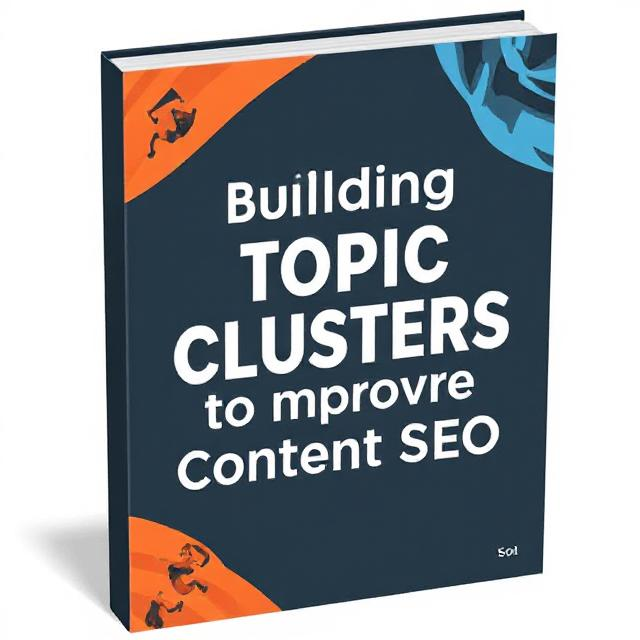
In today’s competitive digital landscape, search engines prioritize content that is well-structured, authoritative, and interconnected. One of the most effective SEO strategies to achieve this is by using topic clusters—a content model that enhances website organization and improves search rankings.
This article explores what topic clusters are, why they matter for SEO, and how to implement them effectively.
What Are Topic Clusters?
A topic cluster is a content structure where a pillar page (main topic) links to multiple cluster pages (subtopics). This interlinking strategy helps search engines understand content relationships, making it easier to rank higher in search results.
Key Components of a Topic Cluster
✅ Pillar Page – A comprehensive, high-authority page that covers a broad topic (e.g., “Content Marketing Guide”).
✅ Cluster Pages – Supporting articles that dive deeper into specific subtopics (e.g., “SEO for Content Marketing” or “Email Marketing Strategies”).
✅ Internal Links – Strong interlinking between pillar and cluster pages to improve website structure and user navigation.
Why Are Topic Clusters Important for SEO?
1. Improves Search Engine Rankings
- Google prioritizes well-structured content that provides a complete answer to search queries.
- Example: HubSpot’s topic cluster strategy boosted organic traffic significantly.
2. Increases Website Authority & Relevance
- Interconnected content signals to Google that your website is an expert on a subject, improving credibility.
- Example: A finance blog with a pillar page on “Personal Finance” linking to articles on budgeting, investing, and saving builds domain authority.
3. Enhances User Experience & Navigation
- Visitors can easily find relevant content, reducing bounce rates and increasing time spent on the site.
- Example: A fitness website’s pillar page on “Weight Loss” linking to subtopics like “Best Diets,” “Workout Routines,” and “Metabolism Boosting Tips.”
4. Optimizes for Voice Search & Semantic SEO
- Helps answer long-tail and conversational queries.
- Example: A pillar page on “How to Start a Business” will naturally rank for questions like “What are the steps to start a business?”
How to Build a Topic Cluster Strategy
Step 1: Identify Core Topics (Pillar Pages)
- Choose broad, high-value topics relevant to your industry.
- Example: A marketing agency might create a pillar page on “Digital Marketing Strategies”.
Step 2: Research & Create Cluster Topics
- Use keyword research tools to find related subtopics.
- Example subtopics for “Digital Marketing Strategies”:
- SEO Techniques
- Social Media Marketing
- Email Marketing Best Practices
Step 3: Develop High-Quality Content
- Ensure each cluster page offers in-depth information and links back to the pillar page.
- Example: A cluster page on SEO Techniques should have actionable insights, examples, and internal links.
Step 4: Implement a Strong Internal Linking Strategy
- Link cluster pages to the pillar page and vice versa.
- Use descriptive anchor text (e.g., “Learn more about social media marketing” instead of “Click here”).
Step 5: Monitor & Update Regularly
- Analyze performance metrics (organic traffic, rankings, engagement) and update outdated content.
